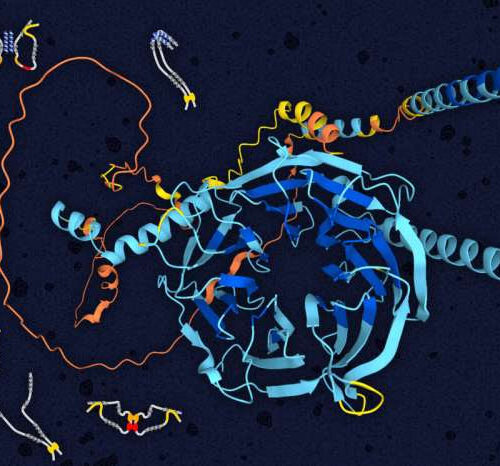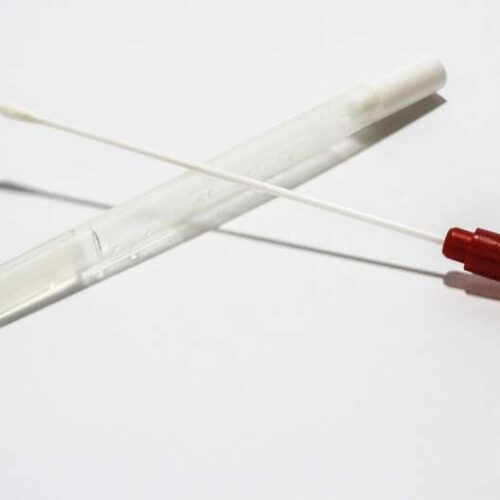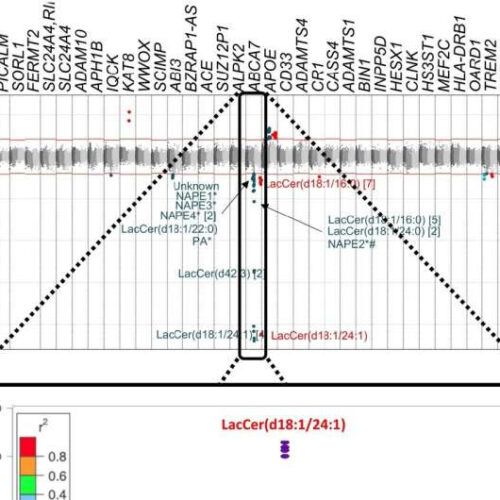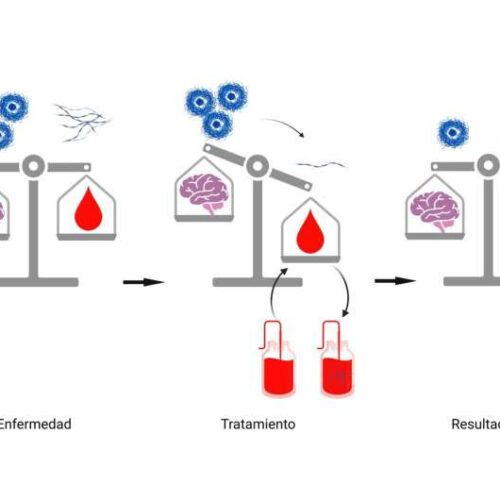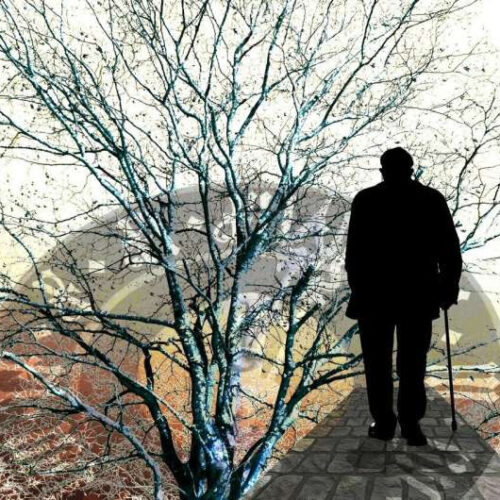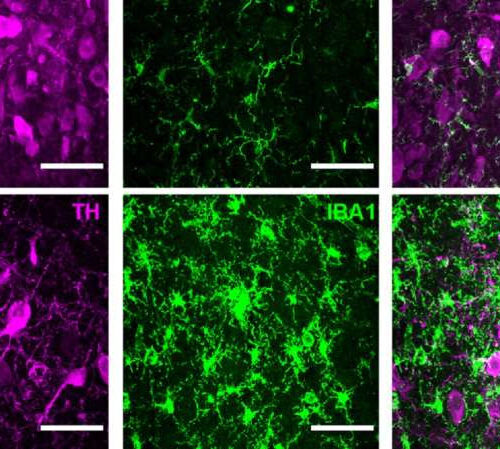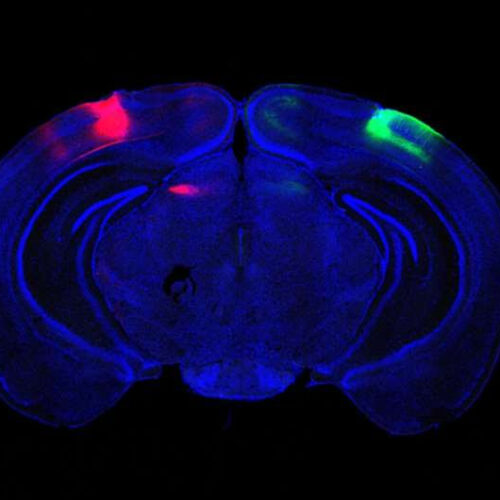by Oregon State University Dynein intermediate chain structure showing folded WD repeat domain in the center (blue) and disordered N-terminal domain (orange). Illustrated on the left are multiple models of open and closed structures of the disordered domain (grey) bound to light chains (yellow, red and orange blobs). Image provided by Elisar Barbar, OSU College...
Tag: <span>Alzheimers</span>
Gut microbiome plays a role in Alzheimer’s
By Dr. Chinta Sidharthan Nov 17 2022 Reviewed by Danielle Ellis, B.Sc. In a recent review published in the journal Pharmacological Research, researchers in Brazil investigated the role of gut microbiota in cognition, brain function, behavior, and neurodegenerative disease pathogenesis. Study: Relevance of gutmicrobiota in cognition, behaviour and Alzheimer’s disease. Image Credit: nobeastsofierce / Shutterstock Background A growing body...
Florida doctors use saliva test to reveal someone’s future risk for Alzheimer’s
by Cindy Krischer Goodman Credit: Pixabay/CC0 Public Domain Florida doctors are using a new test to determine someone’s future risk for Alzheimer’s disease from a few drops of spit. At a time when the disease’s prevalence is rising, the saliva test called genoSCORE analyzes more than 114,000 different genes to provide a score of 0 to 1...
Finding the path Alzheimer’s takes through the body could lead to treatments
by Murdoch University Manhattan plot on the association of metabolites detected by mass spectrometry with AD-related SNPs. Features associated with ABCA7 SNPs are annotated. For some metabolites, more than one metabolic feature was found to be associated with AD-related SNPs, and the No. of metabolic features corresponding to the same metabolites is described in brackets....
New therapeutic target could check the progress of Alzheimer’s disease
by University of Malaga This schematic explains how scientists have verified that if we remove toxins from the blood, they drain again from brain to blood in search of equilibrium, improving the clinical signs and pathology of the disease. Credit: University of Malaga A new study conducted by University of Malaga researcher Inés Moreno, in...
Researchers identify new model of Alzheimer’s as an autoimmune disease
by University Health Network Credit: Pixabay/CC0 Public Domain Scientists at the Krembil Brain Institute, part of the University Health Network, have proposed a new mechanistic model (AD2) for Alzheimer’s, looking at it not as a brain disease, but as a chronic autoimmune condition that attacks the brain. This novel research is published today, in Alzheimer’s &...
Team develops behavioral test to detect early risk of Alzheimer’s
by Lori Dajose, California Institute of Technology An example of a Stroop Paradigm test. It takes a bit of extra mental effort to name the color of a word when it doesn’t match the word itself. Credit: Caltech Alzheimer’s disease is a neurodegenerative condition that damages a person’s ability to think, remember, and perform basic...
How a brain area implicated in Alzheimer’s may be vulnerable to degeneration
by Brown University Images from the paper show indicators of neurodegeneration in the locus coeruleus part of the brain. This is reflected by purple neurons surrounded by activated green glial cells in the animal model of GPT2 Deficiency (“GPT2-null”). Credit: Brown University The locus coeruleus is among the first brain regions to degenerate in Alzheimer’s...
Blood test detects Alzheimer’s in people with Down syndrome
by Lund University Credit: Unsplash/CC0 Public Domain Around 80% of people with Down syndrome develop Alzheimer’s disease, often when they are between 40 and 50 years old. A study led by Lund University in Sweden has shown that a simple blood test can detect Alzheimer’s disease in people with Down syndrome with a high degree...
When Alzheimer’s degrades cells that cross hemispheres, visual memory suffers
by Massachusetts Institute of Technology Scientists traced and studied neurons that connect the visual cortices in each hemisphere of the brain. Credit: Chinnakkaruppan Adaikkan/MIT PIcower Institute A new MIT study finds that Alzheimer’s disease disrupts at least one form of visual memory by degrading a newly identified circuit that connects the vision processing centers of each...

